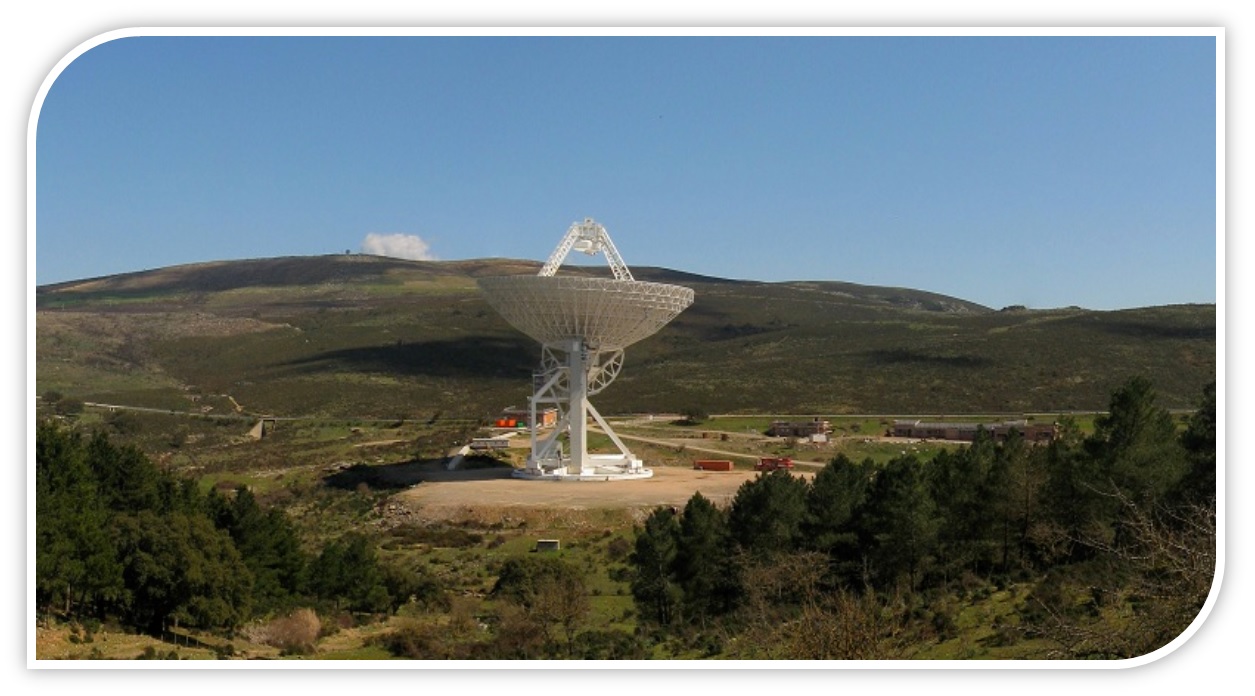INAF Session
Tuesday, September 4th, 2018, 11:15-12:45
Prof. Paul Goldsmith
Jet Propulsion Laboratory, California Institute of Technology
Pasadena CA 91109, USA
The Renaissance of Submillimeter Astronomical Spectroscopy
High resolution spectroscopy is recognized as a powerful astrophysical tool. For understanding many critical aspects of the formation and evolution of interstellar clouds and how new stars are formed within them, the most important spectral lines are at submillimeter wavelengths, corresponding to the terahertz frequency range between 300 and 6000 GHz, (0.3 to 6 THz). In many astronomical situations, line widths resulting from Doppler shifts arising from gas motions can be significantly less than 1 km/s. Thus, extracting the full information available about the kinematics of gas in the source being observed requires resolution R = f /∆f ≥ 3×105. This requires a heterodyne system, which can readily achieve the required frequency resolution. Exploiting the wealth of ionic, atomic, and molecular transitions has been hampered by the nearly total absorption by the Earth’s atmosphere and the relatively low sensitivity of available detectors.
The situation has improved dramatically over the last decade. The development of the Heterodyne Instrument for Far Infrared (HIFI), on board the Herschel Space Observatory launched in 2009 encouraged a continuing technological transformation that includes vastly improved mixers, local oscillators, optics, and the development of focal plane arrays. The data from Herschel have inspired improved laboratory measurements generating spectral line catalogs, quantum calculations, and measurements of collision rates and chemical reaction rates for key astrophysical species. New observing platforms including the SOFIA airborne observatory and long-duration balloons flying at 40 km altitude have resulted in a stream of data of ever-increasing frequency coverage and range and extent of sources observed. Anticipated ultra-long-duration balloons and the possibility of space missions ranging from small satellites to a large-aperture major (Flagship) mission are generating great excitement about possible future observations.
In this talk I will review the importance of high resolution spectroscopy and will briefly highlight recent astronomical results, including high-sensitivity observation of water in collapsing cloud cores and the solar system and velocity-resolved large-area studies of Giant Molecular Clouds and nearby galaxies in the 158 micron fine structure transition ([CII]) of C+. I will then turn to the technological developments that have made this dramatic progress possible, including detectors, local oscillators, and spectrometers. I will conclude by talking about some possibilities for the future.
Dr. Tonino Pisanu
INAF – Osservatorio Astronomico di Cagliari
The Front-Ends of the Sardinia Radio Telescope
The Sardinia Radio Telescope (SRT), a challenging scientific project of the Italian National Institute for Astrophysics (INAF), is a new general purpose fully steerable 64 m diameter radio telescope designed to operate with high efficiency across the 0.3-116 GHz frequency range. The SRT is located 35 km North of Cagliari, Sardinia, Italy, at about 600 m above the sea level. The telescope, equipped with an active surface, three first-light receivers and various backends, succesfully completed a six-month early science program in 2016. Following the refurbishment of its active surface in 2017, the telescope is currently being recommissioned for its technical and scientific capabilities with the goal of opening it to the international community by the end of 2018.
I will describe the SRT first-light instrumentation, in particular the three radioastronomy receivers, that were all developed by INAF: a double frequency L-P band (305-410 MHz, 1.3-1.8 GHz) coaxial receiver for the primary focus, a K-band (18-26.5 GHz) 7-beam multibeam receiver for the Gregorian focus and a single feed high C-band (5.7-7.7 GHz) receiver for the Beam Waveguide focus.
Furthermore, I will describe the receivers planned to be built and installed on SRT during the next few years.
Dr. Federica Govoni
INAF – Osservatorio Astronomico di Cagliari
Scientific involvement of the Italian radio astronomical community in national and international facilities
Abstract
A visit to the Sardinia Radio Telescope (SRT, http://www.srt.inaf.it/) is scheduled on the September 4th, 2108. The SRT site, approximately 35 km North of Cagliari, will be reached by bus (travel time will be approximately one hour).
Important: For safety reasons, participants wishing to tour the telescope are required to wear suitable shoes with anti-sleep outsole, possibly with safety grooves to improve grip (do not wear open- toed shoes, sandals, or leather-soled shoes). Please, be aware that a vertical ladder will have to be climbed to access the upper parts of the telescope.
Because of exposure to the Sun and the Summer season we recommend the use of sunscreen.
